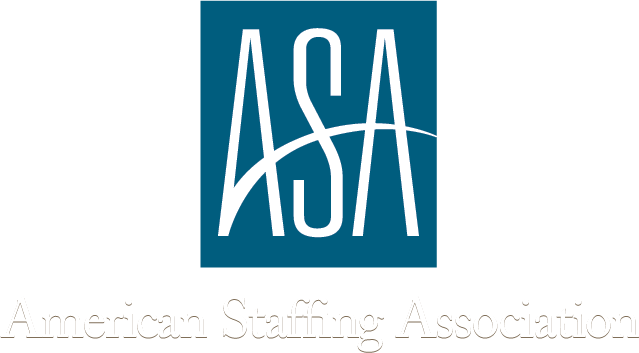During National Safety Month, companies all across the country are putting a spotlight on ensuring the health and wellness of their workforce. However, safety isn’t just an employer’s responsibility; each and every employee also plays an important role, ensuring that they and their colleagues aren’t put at risk.
If you’re a mechanical engineer and want to make sure you’re working as safely as possible, here are five tips that can help.
1. Get to Know OSHA Standards
When it comes to safety, the Occupational Safety and Health Administration (OSHA) usually sets the bar. They outline best practices that are designed to keep employees safe in various work environments, requiring companies and workers to act in ways that support compliance.
As a mechanical engineer, learning about the OSHA standards services two purposes. First, it ensures you’re aware of your responsibilities, increasing the odds that you’ll perform your tasks in a safe manner.
Second, it lets you know what companies are required to do. This can be important, as it helps you identify compliance violations that your employer should address, giving you the opportunity to bring them to the attention of the appropriate team.
2. Make the Most of Safety Training
While many professionals view safety training as dry or dull, it is nonetheless vital. Through the learning program, you can learn about operational best practices, learn about issue reporting, find out what to do if there is an accident, and more. This foundational information is essential, ensuring you know what is and isn’t appropriate in your environment.
3. Keep Things Clean and Organized
Cleanliness and organization both lead to improved safety. They ensure you aren’t left frantic looking for a tool you need, or that you aren’t inhibited or harmed by garbage or debris.
4. Read All Safety Signage
In many cases, employees don’t spend much time reviewing safety signage. However, these resources are incredibly handy, giving you insights into hazards, best practices, and much more.
If you see signage in any work area, spend a moment reviewing it. Additionally, make a note of its location, ensuring you can find it again if you need a refresher.
5. Learn Key Locations
During an emergency, not being able to find a tool or resource quickly can make the situation more hazardous. Take some time to learn the whereabouts of a few key places, including first aid stations, fire extinguisher placements, and emergency exits. That way, if an emergency happens, you’ll know where to turn to start addressing the situation.
Are You Ready for a New Mechanical Engineering Job?
Good safety practices are something you can take with you into any workplace. If you find that safety is lacking with your current employer or simply want to advance your career, seeking out something new might be a smart move.
If you’re ready to find an exciting mechanical engineering job, Selectek can help you identify the best options based on your experience, skills, and needs. Contact us to speak with one of our recruiters today.

